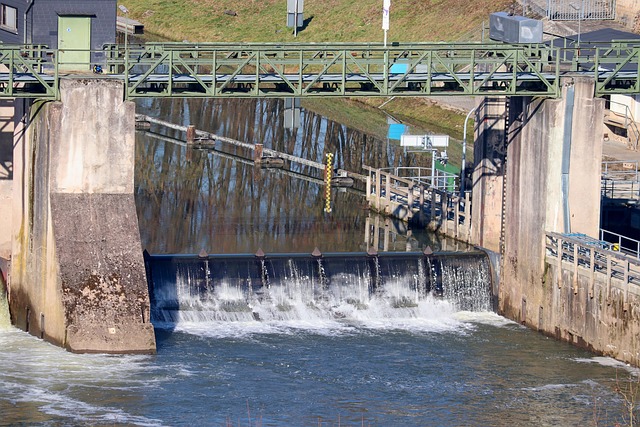Don't just look at the surface when considering real estate development sites; delve into the intricate details. A thorough evaluation, including property history, location amenities, and future trends, can reveal undervalued gems with renovation potential. Conducting meticulous due diligence is vital to navigate legalities (zoning, permits), assess financial viability through comparable sales and forecasts, and mitigate risks for successful, strategic real estate investments.
Before diving into the lucrative world of real estate development, a crucial step lies in meticulous research and assessment—ensuring you make informed decisions. This article guides aspiring developers through the intricate process of checking potential sites. From uncovering hidden gems to performing due diligence, we explore essential strategies. Learn how to navigate risks, conduct comprehensive analyses, and secure investments wisely. By mastering these skills, you’ll be well-equipped to transform your real estate visions into thriving developments.
Understanding the Site's Potential: Unveiling Hidden Gems in Real Estate

When considering a development site, it’s crucial to look beyond what meets the eye at first glance. Uncovering a property’s hidden potential involves delving deeper into its history, location, and underlying features. Real estate isn’t just about the square footage; it’s about understanding the tapestry of possibilities that exist within a given area.
Inspecting for structural integrity, assessing nearby amenities, and gauging future development trends can reveal unexpected gems. For instance, an older building site might have excellent bones but require renovation—a chance to create something unique and valuable in the real estate market. By thinking strategically, you can transform a seemingly ordinary plot of land into a lucrative investment or dream home, maximizing your return on investment both now and in the long term.
Due Diligence: Essential Checks Before Acquiring Development Sites

Before acquiring development sites in the real estate market, conducting thorough due diligence is paramount. This involves a series of essential checks that go beyond the initial inspection. Beyond evaluating the site’s physical attributes, potential developers must scrutinize legal and regulatory aspects, examining zoning regulations, building permits, and environmental impact statements to ensure compliance and avoid future legal complications.
Financial viability and market trends are equally critical considerations. Analyzing comparable sales data, understanding local economic forecasts, and assessing the projected return on investment help in gauging the site’s potential for development success. This due diligence ensures that the purchase aligns with strategic goals, minimizes risks, and maximizes the site’s long-term value in the competitive real estate market.
Mitigating Risks: A Comprehensive Guide to Secure Real Estate Investments

When considering a real estate investment, one of the key steps to mitigate risks is thorough research and due diligence. This involves evaluating various aspects such as location, market trends, zoning regulations, environmental factors, and potential development barriers. By thoroughly understanding these elements, investors can make informed decisions that align with their goals and minimize potential losses.
A comprehensive guide for secure real estate investments includes checking the site’s historical property values, studying comparable sales in the area, assessing the neighborhood’s growth prospects, and reviewing any pending or proposed developments that could impact the property’s value. Additionally, conducting environmental assessments and consulting relevant authorities about zoning changes can help identify potential risks. This proactive approach ensures investors are well-equipped to navigate the complexities of the real estate market, fostering a solid foundation for successful and secure investments.






